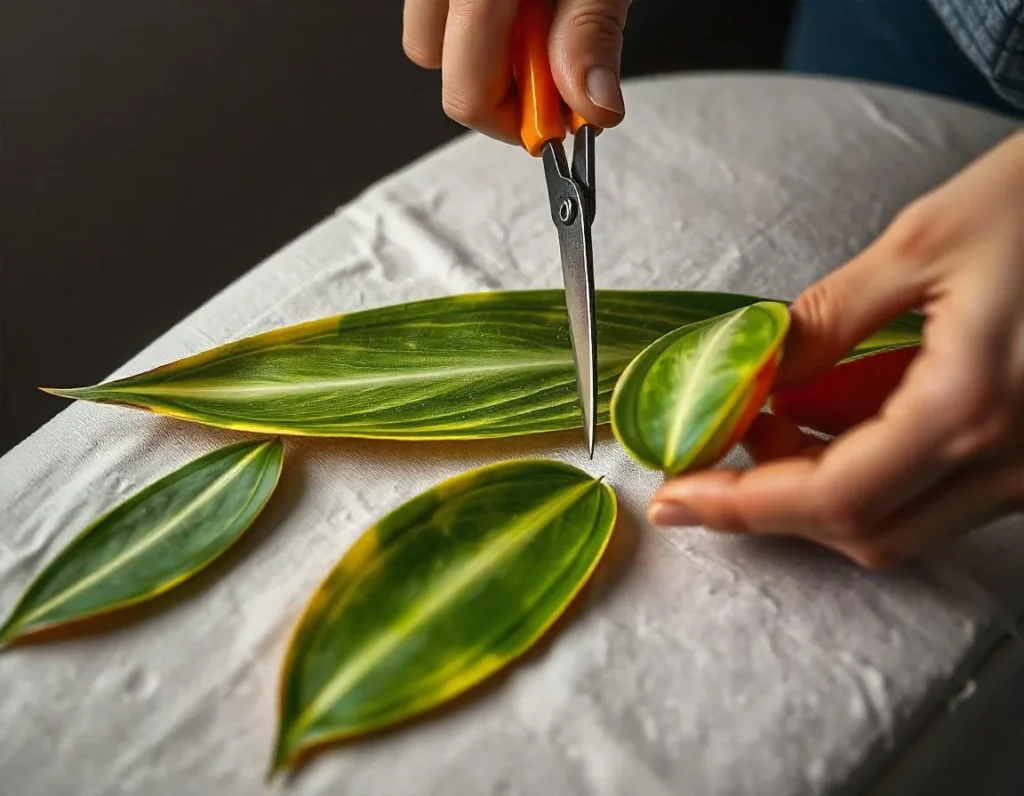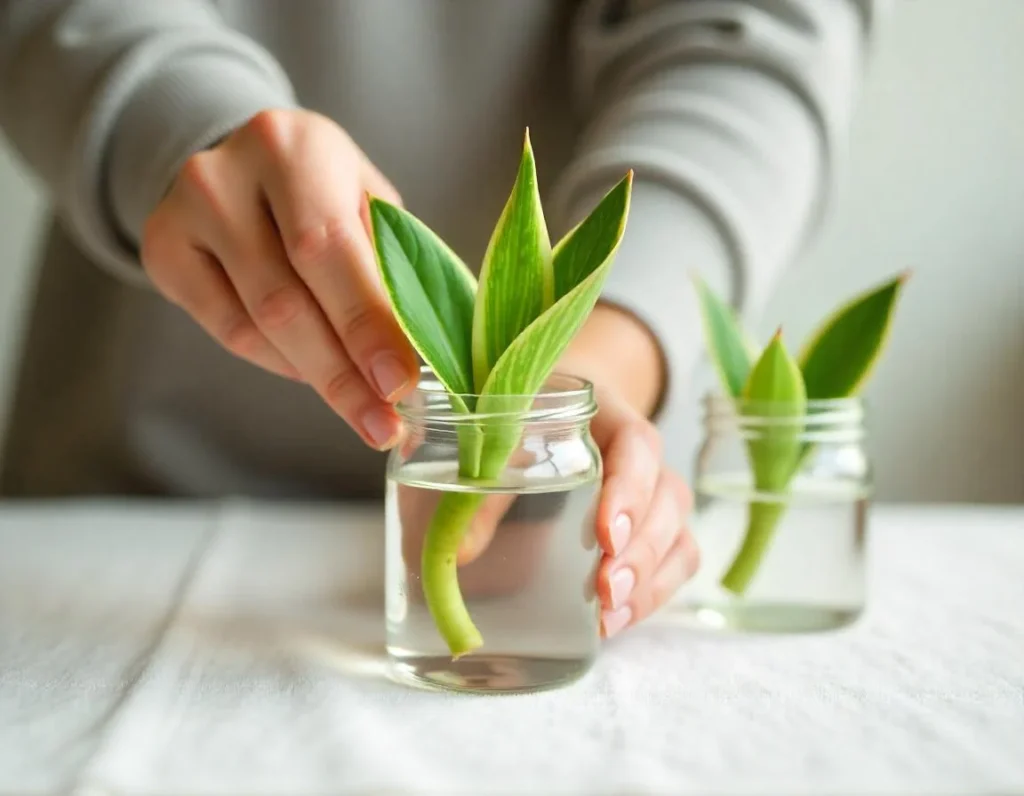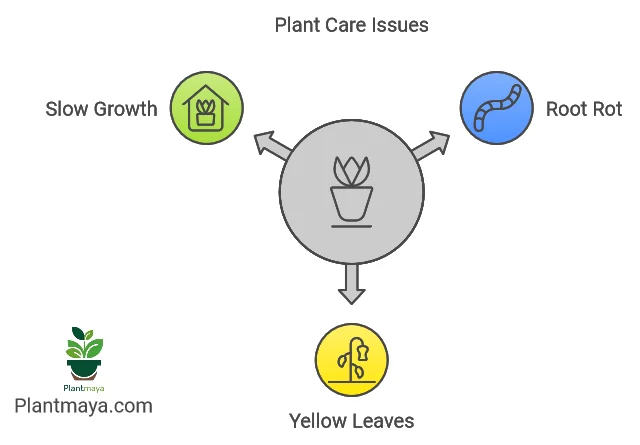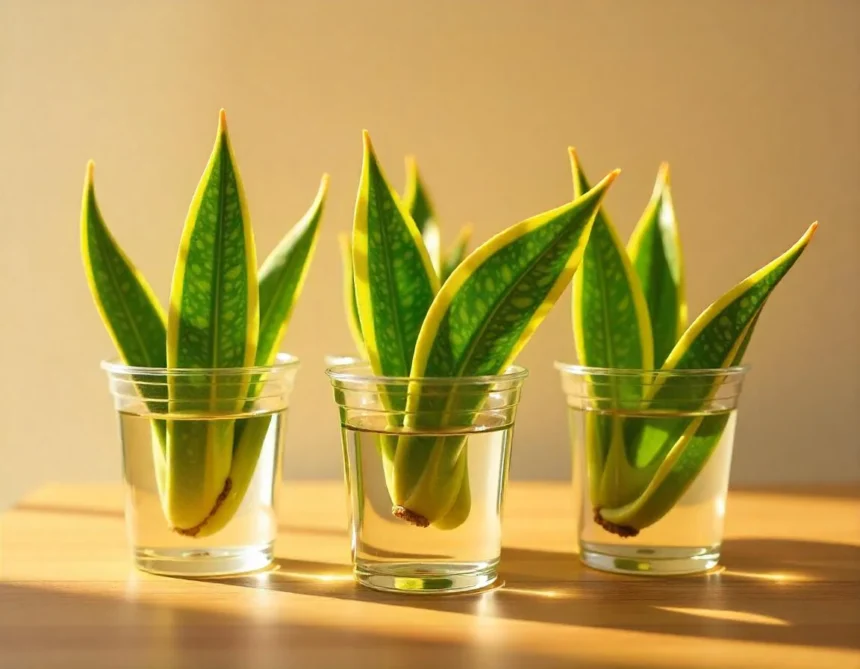Many indoor gardeners are now snapping up snake plants, with leaves that swoop upwards in swords and a reputation for hardiness. These drought-tolerant succulents will grow just about anywhere and require little attention or care and yet wow the eye with their beauty. But what if I told that you grow these beauties without soil? I mean, can snake plant even grow in water? The answer is definitely yes, and this thorough guide will lead you through the process of how you can do that, right and easy.
Why Grow Snake Plants in Water? Uncovering the Magic of Water Propagation
Water propagation for snake plants has become popular, and rightly so. Let’s unmask why this technique might just become your favorite new way to grow houseplants.
Clean and simple: no dirt, no mess. One of the easiest and most carefree ways to grow snake plants is by growing them in water. It eliminates potting soil from possibly giving you trails of dirt and spilled potting mix, common with traditional methods of gardening.
Cost-Effective: Water propagation means you will not be spending money on potting soil, fertilizers, or any other tools. All you will need is water, a container, and any snake plant cutting.
“Uncover the secrets to thriving snake plants with expert tips and care guides!”
Reduced pest risks: Most of the time, soil acts as a carrier of pests, fungi, and pathogens that create an uphill life for your poor plants. Grow your snake plant hydroponically, and you will reduce these risks to nil and give your snake plant a clean, fresh environment where it can really flourish.
Low Maintenance: For those stressing about the “right amount” of watering, this really does make life a bit easier. Gone are the days of guessing when and if your snake plant needs more or less water, and it will be just fine without being at risk of waterlogging.
Observe the growth of roots: With your snake plant being in a fully transparent container full of water, the magic is in view at any time. You get to watch your plant grow a new root and know exactly when it is ready to go into soil-if you ever wanted to make the switch. It also lets you catch problems as early as possible.
To address the key question of this guide in depth. Is it possible to grow a snake plant in water? Absolutely! That’s how you will do it, easy.

1. Gather Your Supplies
Before you start, gather the tools and material you will need:
Whilst opting for cuttings : make sure to pick healthy snake plant leaves free from visible pests or damages. A mature leaf is recommended.
Maximizing Survival : Sharp, sterilised scissors: Clean cuts reduce trauma and improve the chances of survival.
Big clear glass container: Picking a clear container allows you to watch the root growth and makes sure you have a plant that is healthy. How big: Big enough to hold your cuttings.
Filtered water or distilled water : The Carolina is most suitable form of fresh clean water You can use the municipality water, just let wp dissolved chlorine overnight for better results.
Optional Equipment/Materials: rooting hormone, stones, or liquid fertilizer to promote root growth.
“Learn how to easily repot and propagate your snake plant with our step-by-step guide!”
2. Prepare Your Cuttings
- Choose an Appropriate Leaf: Take a healthy and developed leaf from your snake plant for propagation to be successful.
- Make the Cut: Using sterilized scissors, cut the leaf near the base. A clean cut is very important in order not to damage the plant tissues.
- Leaf Cuttings: The leaves should be divided into sections about 3-4 inches in length. Make sure the very bottom of it is cut in triangular shape, which would enable the cuttings to root in water even better.

3. Prepare the Container
- Cleaning Thoroughly: Ensure that any bacteria or contaminants do not remain inside the glass jar or container.
- Proceed by adding water in the container, leaving space from the top.
- Adding a few drops of rooting hormone in the water encourages the roots to grow more rapidly or quickly.
4. Place the Cuttings in Water
- Plant Correctly: Every cut goes into the water, with the triangular end submerged and the top of the leaf above the waterline. This positioning is important for correct root development.
- Spacing: If you’re placing multiple cuttings in the same container, ensure they do not touch each other, which can cause rot.
5. Provide the Right Environment
- Bright-Indirect Sun: Snake plants love bright-indirect sunlight. Place your jar in a spot where it should get good amounts of indirect light but avoid direct sun, which may burn the leaves.
- Stable Temperature: Keep the temperature around 70°F (22°C).
6. Maintain and Monitor
- Change the Water: Replace the water after every couple of days so that the water remains fresh and well-oxygenated. Cloudy water masks bacteria, which is the causative agent for rot, so one really has to be cautious.
- Add Fertilizer: If you want your snake plant to be healthy during its active growth seasons-that is, spring and summer-then add a few drops of liquid fertilizer once a month.
- Observe Growth: In about 4-6 weeks, observe the development of roots. Be patient; at times, snake plants take some time to grow.
7. Transplanting to Soil (Optional)
- Transplant Time: It’s actually time for transplanting when you see a strong root system; you can transplant into the soil now. Of course, this is optional; most leave their snake plants to keep flourishing in the water.
- Use Well-Draining Soil: If transplanting, be sure to make use of a succulent or cactus mix to help avoid waterlogging from taking place.

Essential Tips for Water-Propagated Snake Plants
- Consistency is Key: This water-grown snake plant will want a consistent environment to thrive in.
- Avoid Drafts: These cause stress and slow growth; keep this snake plant in a draft-free location.
- Use Quality Water: Filtered or distilled water works best. If using tap water, let it sit overnight.
Troubleshooting Common Issues: Root Rot, Yellowing Leaves, and Slow Growth
- Root Rot: This is usually caused by stagnant water or leaves submerged in the water. Regularly change the water and keep leaves above the water level.
- Yellow Leaves: Over-fertilizing, bad quality of water, or a lack of light may be the reasons. Apply the corresponding adjustment in care.
- Slow Growth: Deficiency of nutrition or low light can cause slow growth. Probably additional fertilizers or adjustment of light conditions is due.

Conclusion: Yes, Snake Plants Can Grow in Water – and Thrive!
Growing snake plants in water is not only possible but possibly quite rewarding and interactive to enjoy this resilient houseplant. By following these steps, you’ll see the snake plant thrive and grow, adding a stunning green aesthetic to your space. Whether you will be keeping it in water permanently or transplanting it into soil later, this journey of water propagation is an exciting and fulfilling one.








